Animatronic Simulation Prehistoric animals
in the theme park
MORE INFORMATION
| Input | AC 110/220V ,50-60HZ |
| Plug | Euro plug / British Standard / SAA / C-UL / or depends on request |
| Control mode | Automatic / Infrared / remote / coin / Button / Voice / Touch / Temperature / shooting etc. |
| Waterproofing grade | IP66 |
| Working condition | Sunshine, rain, seaside, 0~50℃(32℉~82℉) |
| Optional function | Sound can be increased to 128 kinds Smoke,/ water. / bleed / smell / change color / change lights / LED screen etc interactive(Location tracking) / conversine(currently only Chinese) |
AFTER-SALE SERVICE
| Service | Need be cut for shipping,fwill provide a detailed installation manual. |
| Warranty | We provide 2 years warranty for all of our antrimatronic models, the warranty pieriod starts from freight arrives at destination port. Our warranty covers motor, reducer, control box, etc. |
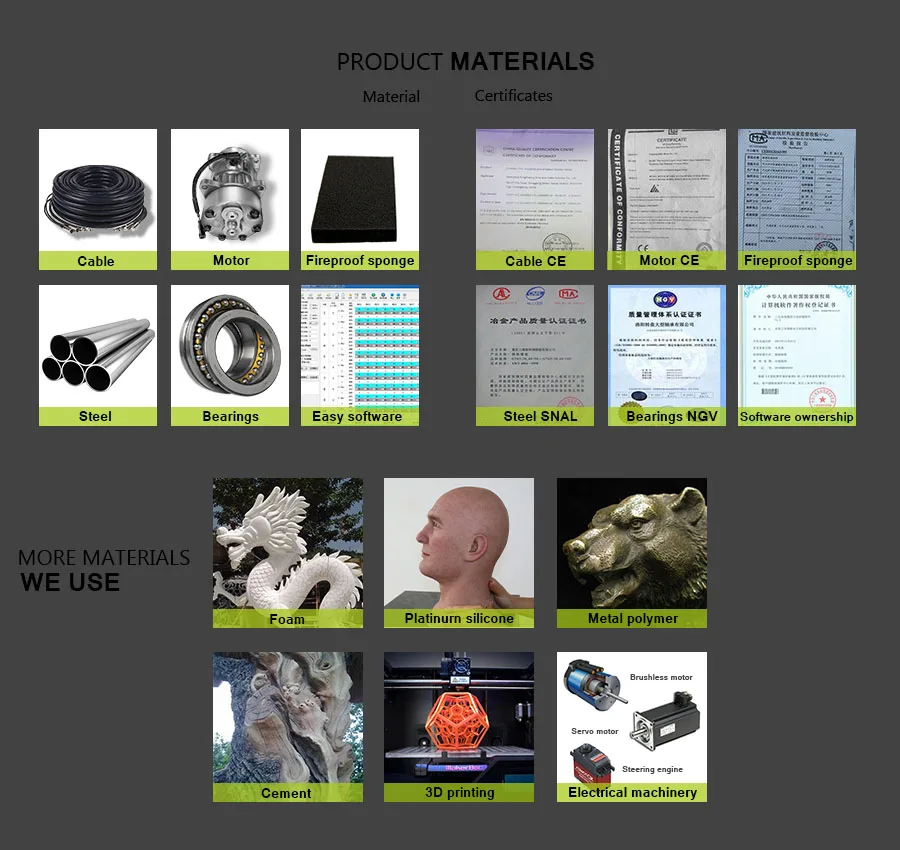
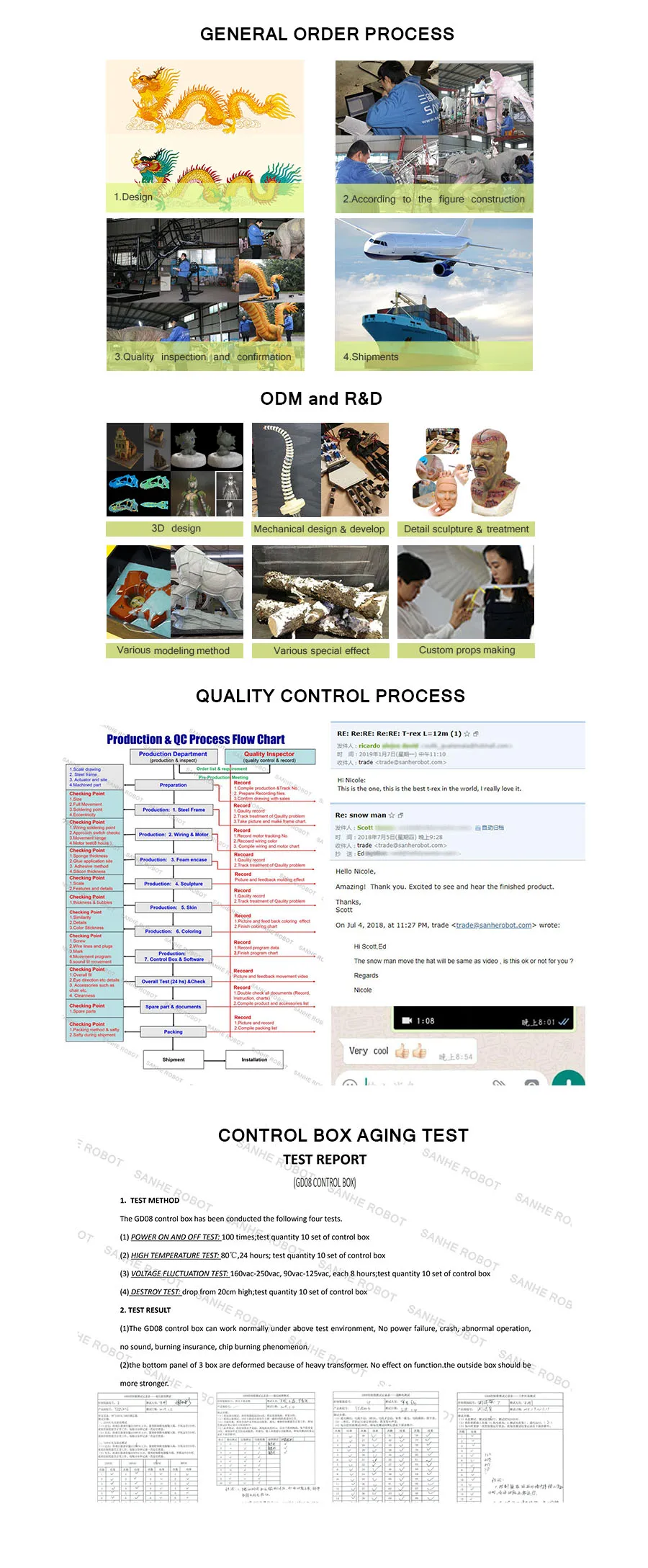
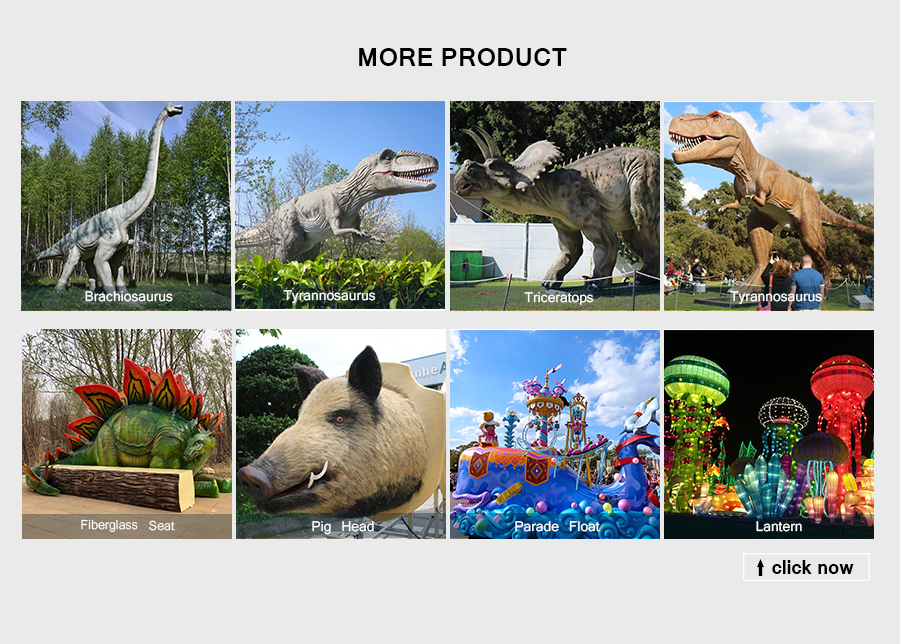
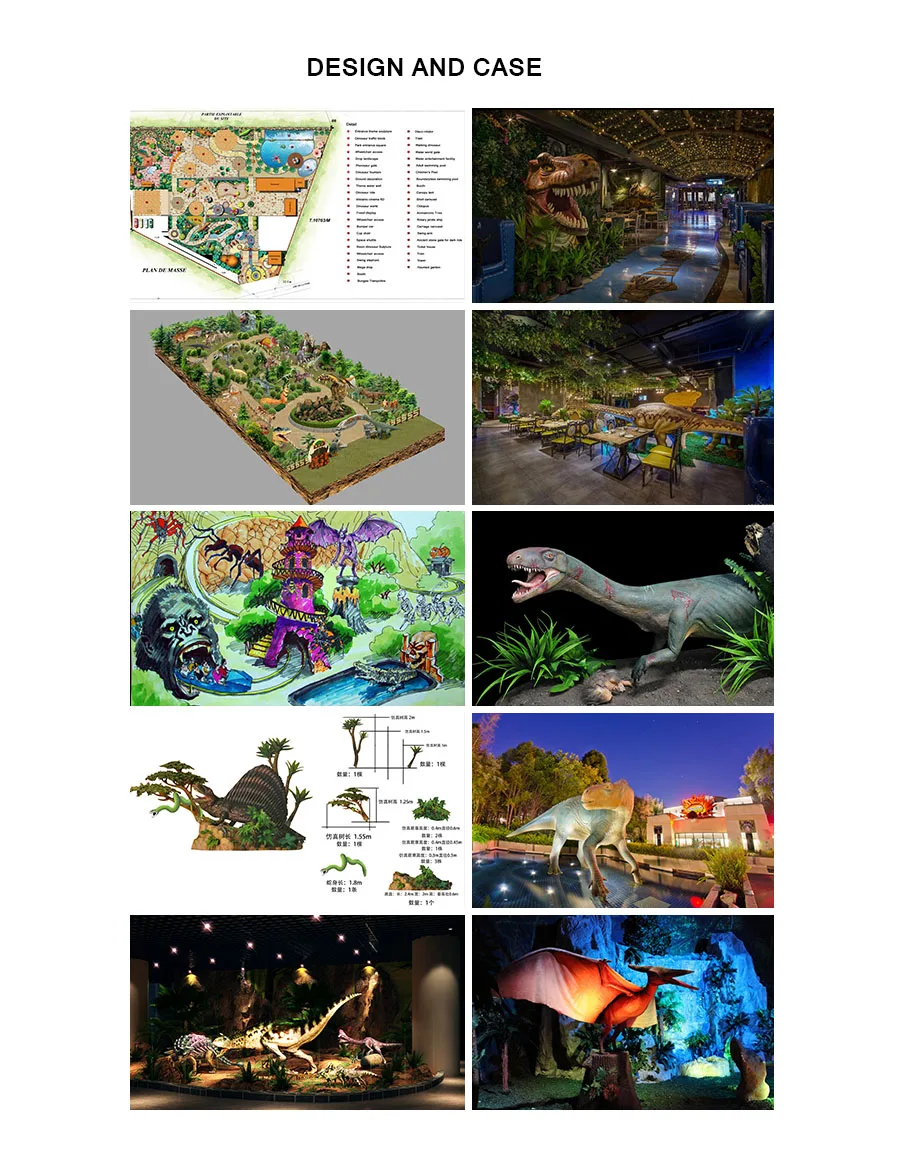


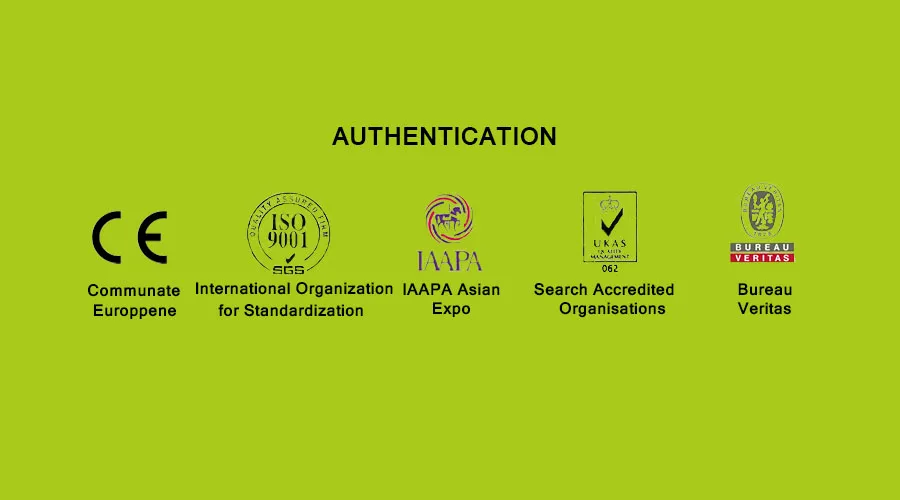 mechanical animal statue,lifelike animal,simulation animal model,animatronic animal model for sale
realistic animals amusment park animals realistic animals robotic animal statue handmade animal statue playground animal statue animatronic animal lifelike animal life size animatronic animal statues animal statues for sale animal playground equipment playground equipment exhibition display zoo exhibition animal model lifelike animal model animatronics animal model african animal sculptures
A rhinoceros commonly abbreviated to rhino, is a member of any of the five extant species of odd-toed ungulates in the family Rhinocerotidae, as well as any of the numerous extinct species therein. Two of the extant species are native to Africa, and three to Southern Asia. The term "rhinoceros" is often more broadly applied to now extinct species of the superfamily Rhinocerotoidea.
Members of the rhinoceros family are some of the largest remaining megafauna, with all species able to reach or exceed one tonne in weight. They have a herbivorous diet, small brains (400–600 g) for mammals of their size, one or two horns, and a thick (1.5–5 cm) protective skin formed from layers of collagen positioned in a lattice structure. They generally eat leafy material, although their ability to ferment food in their hindgut allows them to subsist on more fibrous plant matter when necessary. Unlike other perissodactyls, the two African species of rhinoceros lack teeth at the front of their mouths, relying instead on their lips to pluck food.
Rhinoceros are killed by some poachers for their horns, which are bought and sold on the black market, and used by some cultures for ornaments or traditional medicine. East Asia, specifically Vietnam, is the largest market for rhino horns. By weight, rhino horns cost as much as gold on the black market. Some cultures believe the horns to have therapeutic properties and they are ground up and the dust consumed. The horns are made of keratin, the same type of protein that makes up hair and fingernails. Both African species and the Sumatran rhinoceros have two horns, while the Indian and Javan rhinoceros have a single horn. The IUCN Red List identifies the black, Javan, and Sumatran rhinoceros as critically endangered.
mechanical animal statue,lifelike animal,simulation animal model,animatronic animal model for sale
realistic animals amusment park animals realistic animals robotic animal statue handmade animal statue playground animal statue animatronic animal lifelike animal life size animatronic animal statues animal statues for sale animal playground equipment playground equipment exhibition display zoo exhibition animal model lifelike animal model animatronics animal model african animal sculptures
A rhinoceros commonly abbreviated to rhino, is a member of any of the five extant species of odd-toed ungulates in the family Rhinocerotidae, as well as any of the numerous extinct species therein. Two of the extant species are native to Africa, and three to Southern Asia. The term "rhinoceros" is often more broadly applied to now extinct species of the superfamily Rhinocerotoidea.
Members of the rhinoceros family are some of the largest remaining megafauna, with all species able to reach or exceed one tonne in weight. They have a herbivorous diet, small brains (400–600 g) for mammals of their size, one or two horns, and a thick (1.5–5 cm) protective skin formed from layers of collagen positioned in a lattice structure. They generally eat leafy material, although their ability to ferment food in their hindgut allows them to subsist on more fibrous plant matter when necessary. Unlike other perissodactyls, the two African species of rhinoceros lack teeth at the front of their mouths, relying instead on their lips to pluck food.
Rhinoceros are killed by some poachers for their horns, which are bought and sold on the black market, and used by some cultures for ornaments or traditional medicine. East Asia, specifically Vietnam, is the largest market for rhino horns. By weight, rhino horns cost as much as gold on the black market. Some cultures believe the horns to have therapeutic properties and they are ground up and the dust consumed. The horns are made of keratin, the same type of protein that makes up hair and fingernails. Both African species and the Sumatran rhinoceros have two horns, while the Indian and Javan rhinoceros have a single horn. The IUCN Red List identifies the black, Javan, and Sumatran rhinoceros as critically endangered.

+86-813-2104677

info@sanherobot.com

+86-13990010824

No.13 Huixin Road, Yantan Town, Yantan District, Zigong City, Sichuan Province, China